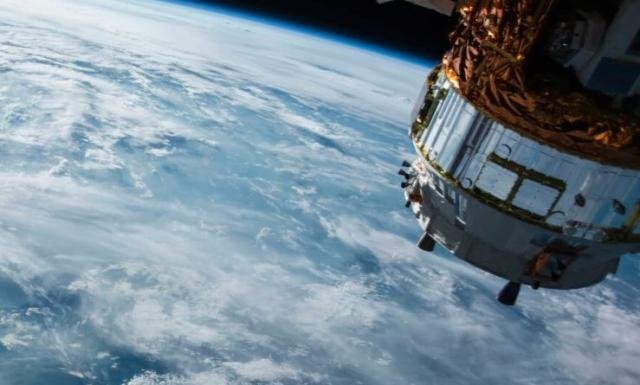Analysts at Juniper Research suggest that investment in quantum computing could significantly enhance satellite IoT services.

The success of satellite IoT connectivity depends on the investment in multi-orbit satellite solutions, the report on satellite IoT services indicated.
Operators are investing in the low latency and high throughput from LEO (low earth orbit) satellites and the extensive geographical coverage of GEO (geostationary earth orbit) satellites over a single service. This approach enables satellite IoT providers to address a wide range of IoT use cases, including data-intensive and LPWA (low power, wide area) connections.
Michelle Joynson at Juniper Research said: “Satellite network operators must form partnerships that fill in coverage gaps between LEO and GEO capabilities. Partnerships that enable the use of LEOs and GEOs for IoT networks will be essential to attract enterprise users in the construction and infrastructure, and logistic sectors.”
A report from the World Economic Forum says the size of space economy is expected to be worth $1.8 trillion by 2035 as satellite and rocket-enabled technologies become increasingly prevalent.
Sebastian Buckup, Member of the Executive Committee, World Economic Forum, said: “As costs reduce and accessibility rises, these technologies could reshape whole industries, and have as much impact on business and society as smartphones or cloud computing.”
Challenges and Frequency Band Innovations
One major challenge is the congestion of lower frequency bands, prompting operators to explore new technologies that enable the use of higher frequency bands, such as V-Band (40-75 GHz) and Q-Band (33-50 GHz). These bands offer larger bandwidth and reusability, requiring less ground infrastructure. However, they are highly sensitive to atmospheric conditions and demand specialized equipment to ensure reliability. The uncertainty around the development of this technology may result in high costs.
Despite this uncertainty, operators have been acquiring licenses for the V-Band over recent years. Frequency band availability remains a critical issue, especially for new operators in the satellite IoT services industry. Operators can either collaborate with existing licensed satellite operators to rent spectrum on already allocated bands, such as the L-Band, or seek licensing for higher frequencies.
Cybersecurity Concerns
To combat cyber threats, satellite IoT operators must either partner with cybersecurity firms or develop and maintain their own robust security solutions. The increased risk due to multiple entry points necessitates the protection of all IoT devices and the deployment of advanced data encryption solutions. AI and machine learning can be particularly useful in developing strong encryption algorithms.
Quantum Computing Solutions
Quantum computing can revolutionize satellite IoT services in several ways. Planning and scheduling satellites involve complex procedures and policies, which traditional computational methods struggle to process efficiently. For instance, LEO satellite constellations require continuous service provision to specific areas, involving numerous interconnecting factors that can take traditional computers days to process.
Pasqal, a quantum computing company, and Thales, an aeronautics and defense organization, have trialed a quantum computer for satellite deployment planning. Their partnership solved a complex satellite problem using Pasqal’s quantum processing unit, showcasing the potential of quantum computing in resolving operational issues that challenge traditional computers.
This advancement not only aids in satellite and constellation planning but also reduces costs through efficient network development and faster problem-solving. Quantum computing algorithms can offer swift solutions to complex problems like frequency band allocation, ensuring optimal use of bands.
Moreover, quantum computing can provide secure, hack-proof solutions for satellites, which are vulnerable to attacks due to their multiple entry points. Quantum key distribution ensures secure communications through quantum mechanics, making them resistant to hacking.
The size of the quantum computing market is forecast to grow from $0.36 billion in 2023 to $1.63 billion by 2035, representing a CAGR of 13 percent during the forecast period 2023-2035.
Future Projections
Juniper Research anticipates a 150 percent increase in the number of satellites in orbit for IoT connectivity over the next five years. The number of satellites is expected to grow from 10,000 in 2024 to over 24,000 by 2029, driven by increased demand for connectivity in remote locations. It is forecasted that 98 percent of these satellites will be LEOs, due to the low cost of launches.
Baburajan Kizhakedath
